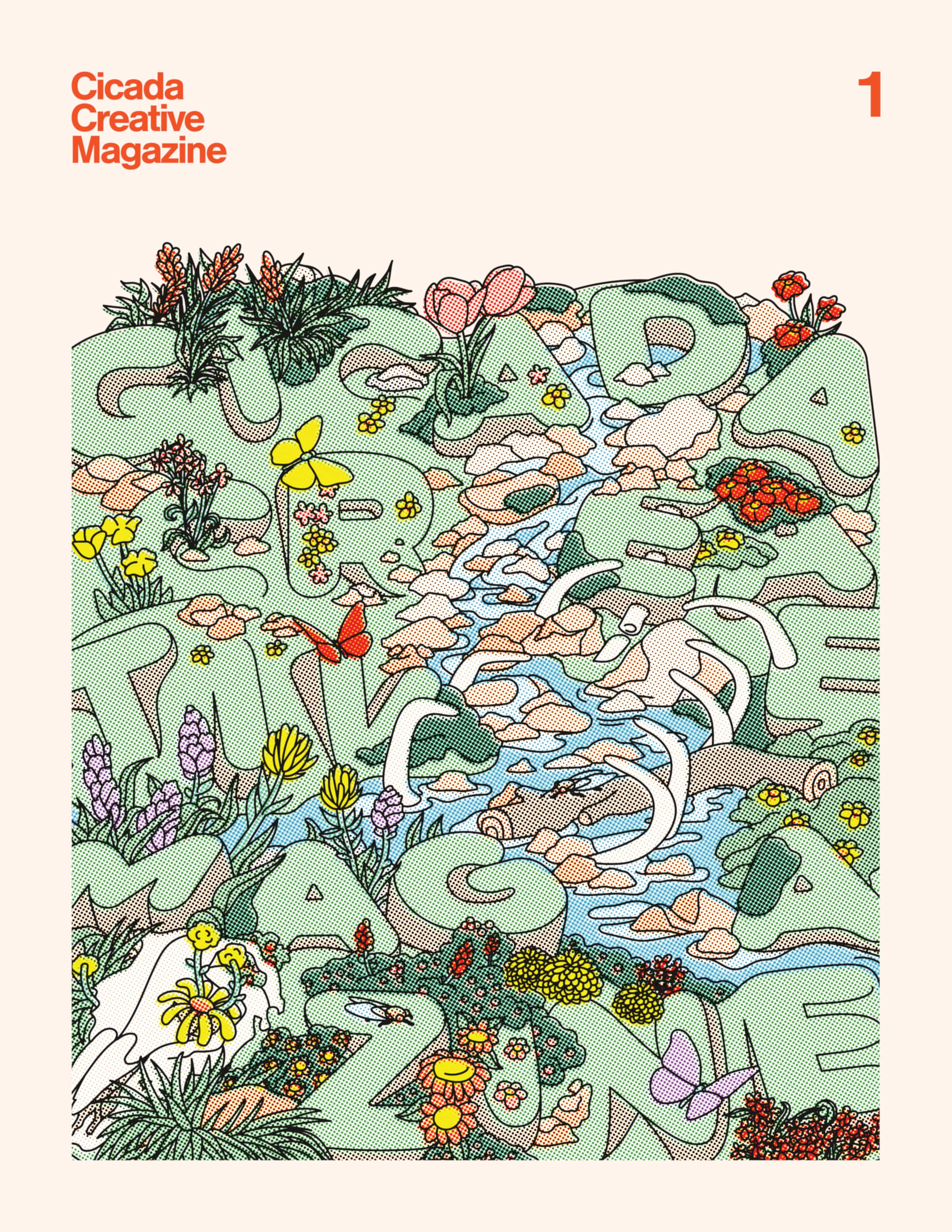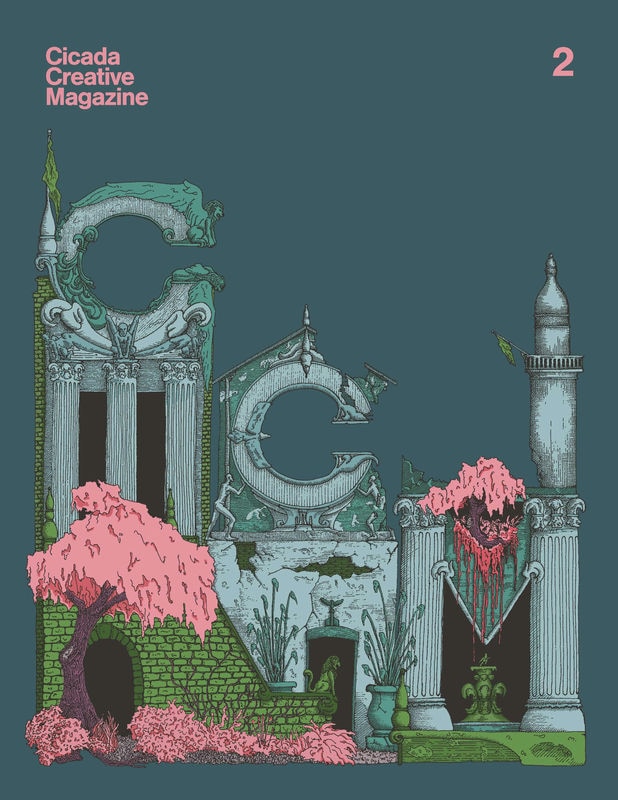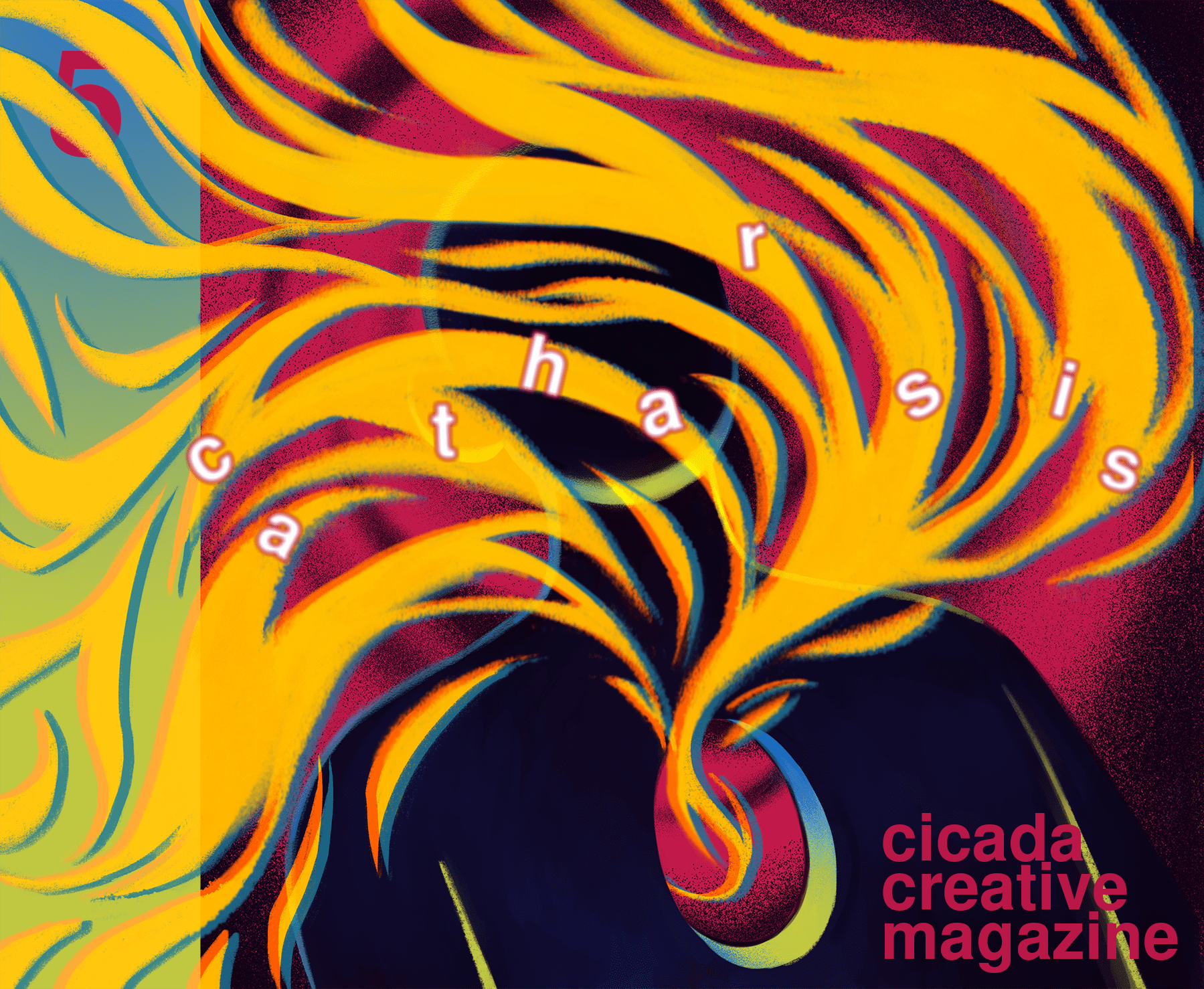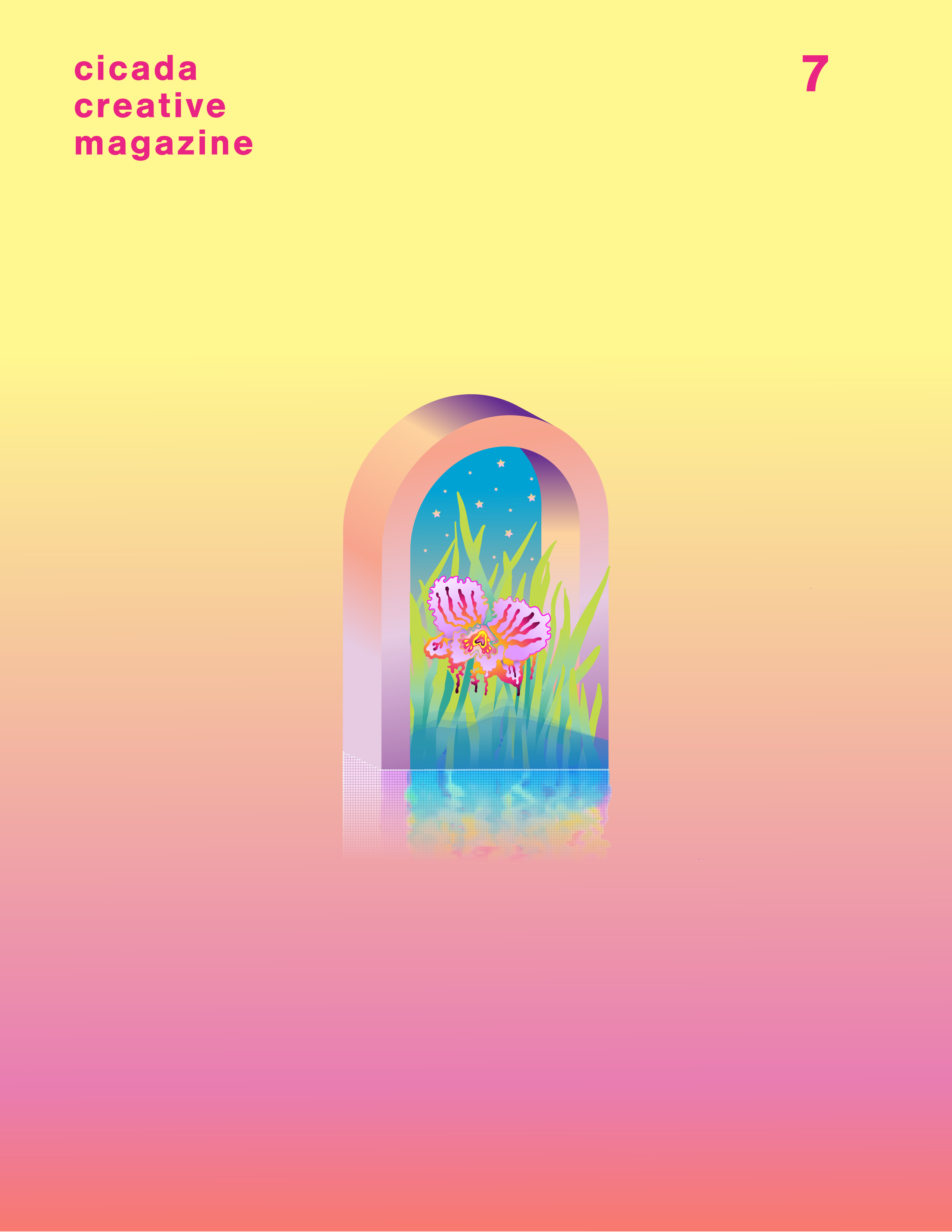Issue Cycles #
Each issue cycle, regardless of length, follows a similar process. The timeline should be determined before implementing these steps.
Theme Selection #
Each issue has a theme intended to help guide submitters wondering what we’re looking for. These themes are voted on in a multi-step process.
- The Editor-in-chief (or another Editorial Board member) creates a thread in the Discord server for staff members to pitch their ideas.
- After this, the EIC makes a poll based on contributed answers. The poll should be accessible to all server members and allow people to select up to three favorite themes.
- The top two (or three) results are then presented to the public for voting. There should be an Instagram poll, an X poll, and a poll code featured in the newsletter and on our website.
- The Writing Editor will write an announcement based on whatever theme wins.
Submissions #
After the theme is selected and announced, we open submissions for our current issue. Submitters use Tally.so to submit their work. We’ve also used Google Forms in the past, but due to embedding issues, we moved away from it. Instead, we use a Zapier integration to send Tally.so submissions to a shared Google Drive folder for easier bulk download.
Submission Categories #
Here at CCM, we’ve branded ourselves as more than a literary magazine. We aim to reach beyond traditional definitions of art and writing. So, we’ve reimagined artistic categories as the following:
- Auditory
- Music recordings
- Spoken poetry/writing
- Film (may also fall under Visual)
- Spatial
- Topography and GIS
- Architectural layouts
- Interior design
- Language
- Poetry, flash fiction, etc.
- Reporting or feature writing
- Written sheet music
- Visual
- Video games, visual novels
- Coding and programming
- Computer generated imagery *
- Culinary art
- Character design
- Textiles, clothing, and fashion design
- Cosmetology
- Cultural/Social
- Essays and research
- Field notes and creative data
- Polls
You can combine elements of these categories – several of the examples we provided can fall into multiple categories, and we encourage you not to let these categories limit you. If you are able to create work that exists completely outside of these categories, we will gladly review your submitted work with care and openness.
* Note: When we came up with this category, we were referring to content such as HTML canvas drawings, CGI, etc. Since then, AI art has become a more popular technology, which we feel requires special guideline clarification. Please see the Submission Guidelines for more information.
Submission Guidelines #
- The maximum number of pieces anyone can submit to CCM (or have published) per issue is three. If more are submitted, only the first three will be considered.
- Staff members may submit to CCM.
- We allow simultaneous submissions.
- Work may be previously published, but you must clarify this on your submission and include a source as to where the work has been previously published. Please also ensure the other publication permits you to re-publish the piece.
- It will never cost money to submit to CCM.
- We value documentation. Even if we like a piece, if the documentation is poor (low resolution, shaky, dimly lit), its odds of being published are lower.
- If you are submitting visual art, please be sure to submit high-quality images. 150 to 300 ppi is ideal. If possible, make sure your image files are under 2MB per.
- There is a 10,000 word limit on writing.
Note on AI-generated work: AI-generated art is still a nascent technology and, as such, our standards are subject to change. We currently allow AI-generated work as long as the AI has been exclusively trained with your work. Please be purposeful, ethical, and creative with any implementations of this technology for submission purposes, and clarify in your submission it is AI-generated.
Review #
As of now, the Art Editor runs one review team (Visual/Spatial/Auditory) and the Writing Editor runs the other (Language & Cultural/Social). If they are unavailable, another Editorial Board member will substitute, most likely the Graphic Designer and Newsletter Editor respectively. In the future, depending on volume of submissions and staff availability, these teams may be restructured. Note that there will be multiple review sessions per issue cycle, typically 1-2 per month.
Note: This process is being tried out for the first time for Issue 08. Be aware that many of these conventions will be tweaked depending on the outcome of Issue 08’s review process.
Phase 1: Before Review #
- The Associate Editor should aggregate the submissions in bulk to be ready for anonymous review. This involves creating a spreadsheet to track submissions and scoring, as well as preparing files for review on Discord. Files should be sorted into two separate folders, one for VSA review and the other for LCS.
- All file names should be anonymized upon submission (title.jpg), but in the case someone leaves their name in, the Associate Editor should remove it.
- The Associate Editor should create a Google Sheet in the Shared Drive with two tabs for VSA review and LCS review. Before sharing the spreadsheet with other Editorial Board members, they should hide the name fields.
- Once pieces are anonymized and added to the spreadsheet, the Associate Editor should email the Art Editor and Writing Editor with the corresponding packet of work and the spreadsheet. This should be done at least 3 business days prior to the review session.
- The Associate Editor should make a post in the
#reviewchannel. They should announce when the review session will take place and include links to the Google Drive folders with the current round of review’s pieces in case anyone wants to review them in advance.
Phase 2: During Review #
- On the day of the review session, the Writing and Art Editors (Review leaders) will post anonymized pieces (or links to pieces in the case of writing) in their respective review channels (
#lcs-reviewand#vsa-review) along with the title and medium. They will then create a thread for discussion, each titled with the convention of “Title Thread.” - Each person participating in review should add their thoughts on the piece and also directly respond to someone else’s feedback.
- Review leaders will steer the conversation by:
- Introducing the piece with its title
- Sharing any necessary information that may add to the interpretation (interesting mediums? Large or small dimensions?)
- Stopping the conversation from looping. If the EBM feels as though the conversation is just repeating itself they will step in and move things along.
- After discussion has concluded, the Art/Writing Editor will ask for people’s final votes and then record them in the spreadsheet. Pieces are reviewed on a score of 1-3. Note that in-between votes (like 2.5) are allowed.
- Score Guide:
- = Amazing!
- = Good/Acceptable
- = Insufficient
Phase 3: After Review #
- Scores should be divided by the total reviewers to get an average score. The Google Sheet should do this automatically.
- The Associate Editor will determine a cutoff line and can speak with the Review leaders to determine what this will be. This line is adjustable based on the amount submitted. As more editions are published the cutoff line should become more and more consistent. It is only currently flexible to adjust to varying submissions.
- The Associate Editor will then sort the files according to what was accepted and what was rejected. For convenience, the Associate Editor may decide to only create an “Accepted” folder and leave the rejected pieces unsorted.
- The Associate Editor will send out rejection/acceptance emails to submitters and ask for any necessary additional information.
Cover Design #
The cover is crafted by the Art Editor, Graphic Designer, and/or Freelancers.
- After the theme selection is finalized through a public vote, an Editorial Board member should create a post in the
#issuesforum channel that is tagged with the appropriate issue (ie “Issue 08”) and the tag “Cover Design.” - Any interested staff can contribute as many pitches for cover concepts as they like. This may include using other inspiration images, writing out concepts, etc.
- An example might be someone proposing the design motif of “hazy” and using accompanying photos of hazy typography as a model.
- After discussing all of these proposals, the Art Editor (or whoever is leading the issue cover illustration) will select the one that resonates most with them. If the Art Editor uses design elements proposed by a staff member who has expressed interest in being involved with the cover’s design, they may reach out to that person(s) and ask for their assistance.
Publish #
The tasks we need to take in the final stretch of an Issue cycle include, but are not limited to the following.
- The Graphic Designer must turn some accepted pieces into transparent PNG thumbnails and rest into square shaped thumbnails.
- The Graphic Designer must also decide the order of the magazine and how it will look best arranged. If no one performs this task, it is ultimately to the discretion of the Web Developer.
- The Web Developer is responsible for actually making the issue live.
- See our Hugo tutorials for more information.
- It is up to the Web Developer to maintain best practices for file management. If everyone else has followed proper naming protocol, this should be relatively straightforward.
- Any interested staff members should assist by writing alt text for published pieces.
- The Newsletter Editor will announce the publication of the issue in the monthly newsletter and the Social Media Manager will promote it on our accounts.
Published Issues #
Issues we’ve published so far. You can also visit our full Issues Page.

Cycles + Seasons #
June 2019
Read Issue 01Hi! We haven’t met before. Allow us to introduce ourselves–we’re Cicada Creative Magazine.

Moment of Impact #
December 2019
Read Issue 02Hello again. We’re happy to announce that, for the second time, Cicada Creative Magazine has published an all-arts, all-welcome, all-heart issue.

Identity #
December 2020
Read Issue 03In the midst of a pandemic and racial movement, we asked, who are you? Who are we?

(neg)entropy #
June 2021
Read Issue 04In a world propelled by energy and disarray, this issue attempts to honor loss, memory, irreversibility, and the disordered order we try to grab ahold of.

Catharsis #
December 2021
Read Issue 05For Issue 05, Cicada Creative Magazine hopes that we can provide a space for undergraduates to emotionally decompress and sift through emotions that are too heavy to hold.

Space #
November 2022
Read Issue 06Space has 23 dictionary definitions. It’s as interdisciplinary as it gets, and for this issue, we wanted to give you your own space to explore these definitions in your own ways.

‘You are here’ #
August 2023
Read Issue 07Maps are, at their most essential, symbolic diagrams that outline relationships between things. This issue, we invited you to contemplate where you stand on your own maps.